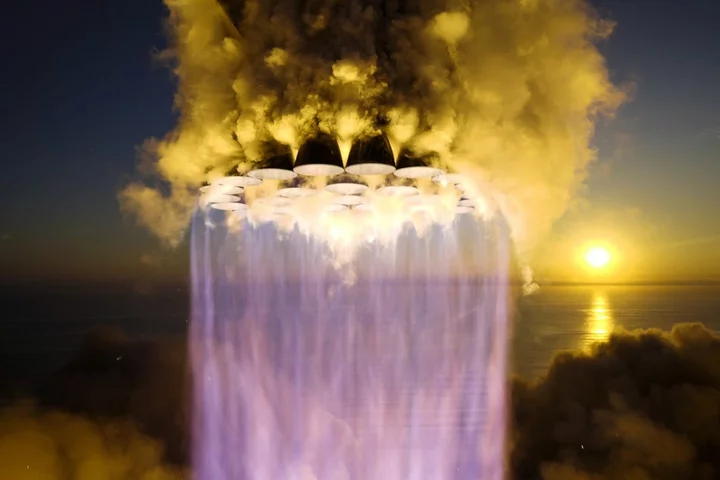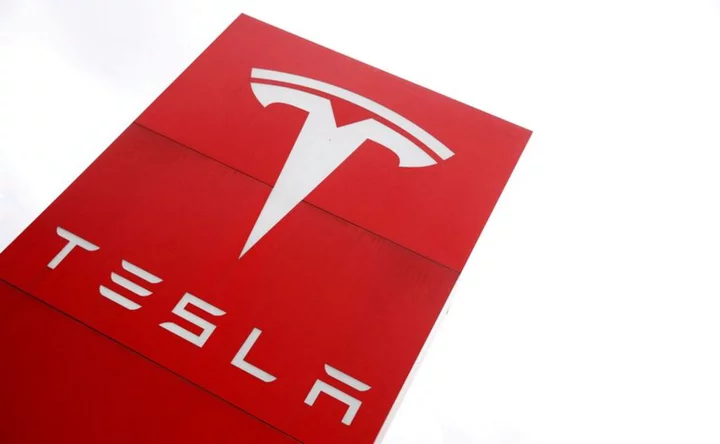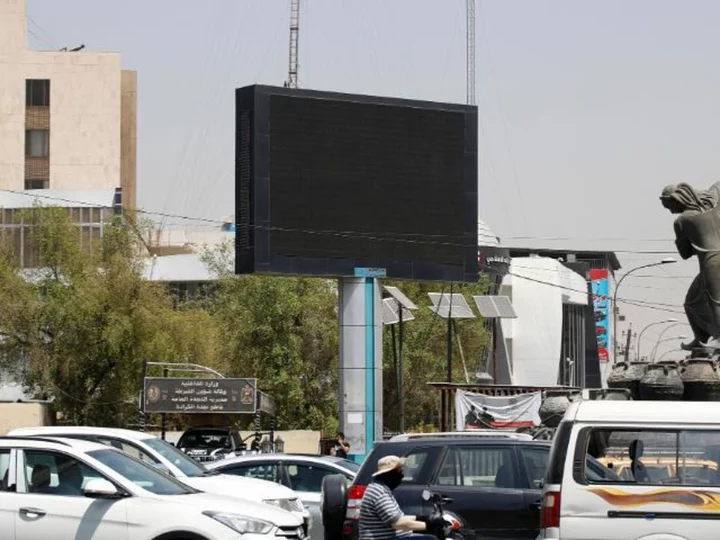SpaceX has hinted that flight tests of its Mars-bound Starship rocket system could begin to occur on a more frequent basis following a successful launch on Saturday.
The tallest and most powerful rocket ever built lifted off from SpaceX’s Starbase facility in Boca Chica, Texas, on Saturday, seven months after the first launch attempt.
Unlike the first attempt, both parts of the rocket were able to separate in mid-air without immediately exploding, while the newly-built launch pad was also able to withstand the force of the 33 Raptor engines firing simultaneously.
“Just inspected the Starship launch pad and it is in great condition,” SpaceX boss Elon Musk posted on X on Sunday.
“No refurbishment needed to the water-cooled steel plate for next launch. Congrats to SpaceX team and contractors for engineering and building such a robust system so rapidly!”
The second flight test of the fully-stacked Starship rocket was beset by delays due to the high levels of debris from the destroyed launchpad and exploded rocket following the failed first attempt.
Regulators said they would be working with SpaceX before a third flight test takes place, with the US Federal Aviation Administration confirming that no injuries or property damage was reported following Saturday’s launch.
The fully-stacked Starship rocket system was the first to successfully perform a hot-stage separation, which saw the upper second stage launch away from the Super Heavy Booster mid-flight.
Both parts of the rocket were destroyed shortly after they achieved separation, however SpaceX already has two Super Heavy boosters and three upper-stage vehicles currently undergoing preliminary testing, according to Next Spaceflight.
Mr Musk has previously outlined his plans to build a fleet of hundreds of Starship rockets, with the hope of using them to establish a permanent human colony on Mars by 2050.
SpaceX has already secured a multi-billion dollar contract with Nasa to develop Starship for the US space agency’s Artemis program, which will return humans to the surface of the Moon for the first time in 50 years.
Read MoreSpaceX launches ‘zero fuel’ engine into space
SpaceX Starship rocket loses contact after reaching space: Live updates
Air Force officer breaks silence over ‘red, glowing’ UFO sighting: ‘Not a joke’









